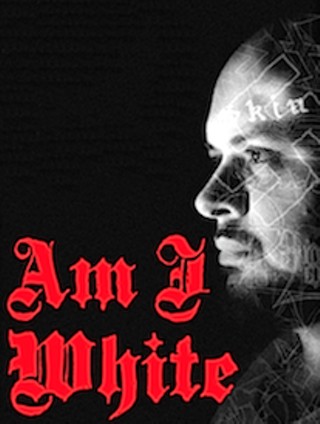Kaine pushes for Indian recognitionPosted in Articles, Law, Native Americans/First Nation, Politics/Public Policy, United States, Virginia on 2014-10-12 23:01Z by Steven |
Kaine pushes for Indian recognition
Sulfolk News-Herald
Suffolk, Virginia
2014-10-02
Tracy Agnew, News Editor
U.S. Sen. Tim Kaine (D-Va.) is making another push to recognize six Virginia Indian tribes, including the Nansemond, through his support of a proposed rule that would bring more flexibility to the process.
The U.S. Department of the Interior’s Bureau of Indian Affairs governs the process by which tribes in America can gain recognition from the federal government, and the benefits that come along with it…
…Its stringent criteria require, among many other things, documentation of the tribe’s existence and lineage from 1789 to the present, according to comments Kaine made in support of the rule change.
But at least six Virginia tribes — the Nansemond, Chickahominy, Eastern Chickahominy, Upper Mattaponi, Rappahannock and Monacan — have found the administrative process unavailable to them because of the historical destruction of records.
Five of the six courthouses that held the majority of the tribes’ records were burned during the Civil War, Kaine noted in a letter to Assistant Secretary for Indian Affairs Kevin Washburn.
Beyond this accidental destruction, a eugenics movement and fear of interracial marriages prompted officials at the Virginia Bureau of Vital Statistics to systematically destroy the vital records of Virginia’s tribes beginning in 1912.
In 1924, Virginia’s Racial Integrity Act codified the existence of only two races: “white” or “colored.” The law remained intact for nearly 50 years, forcing Indians to choose one or the other.
Officials even went so far as to retroactively change records to list Native Americans as “colored,” Kaine noted in his letter. This phenomenon is known today as “Pleckerism,” after Walter Ashby Plecker, the first registrar of the bureau, who was among the main officials who pushed to eliminate the Indian race in Virginia, at least on paper…
Read the entire article here.

